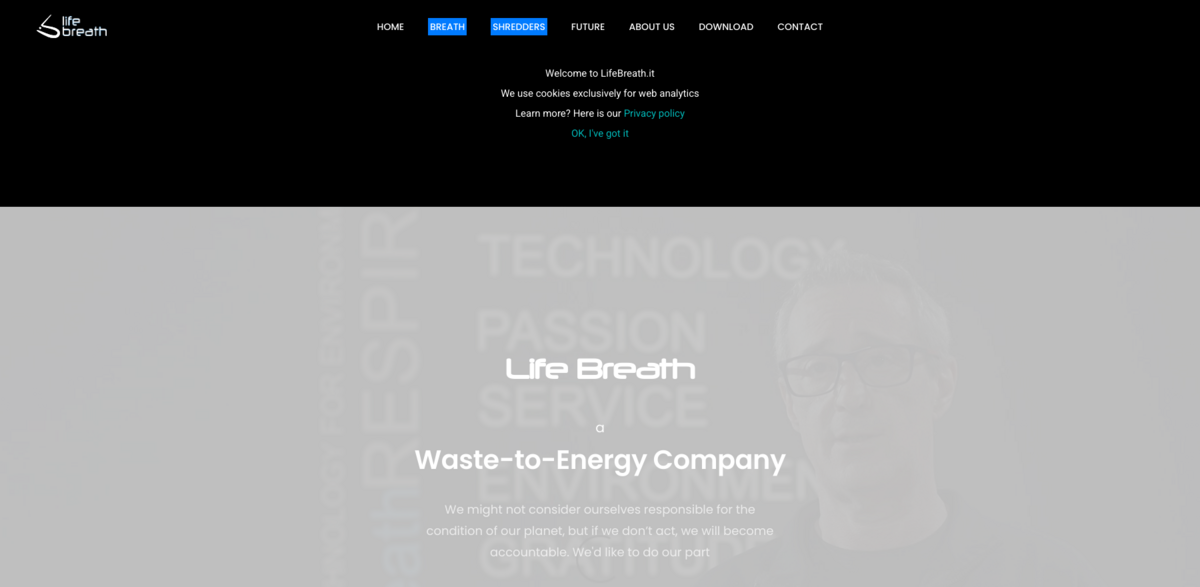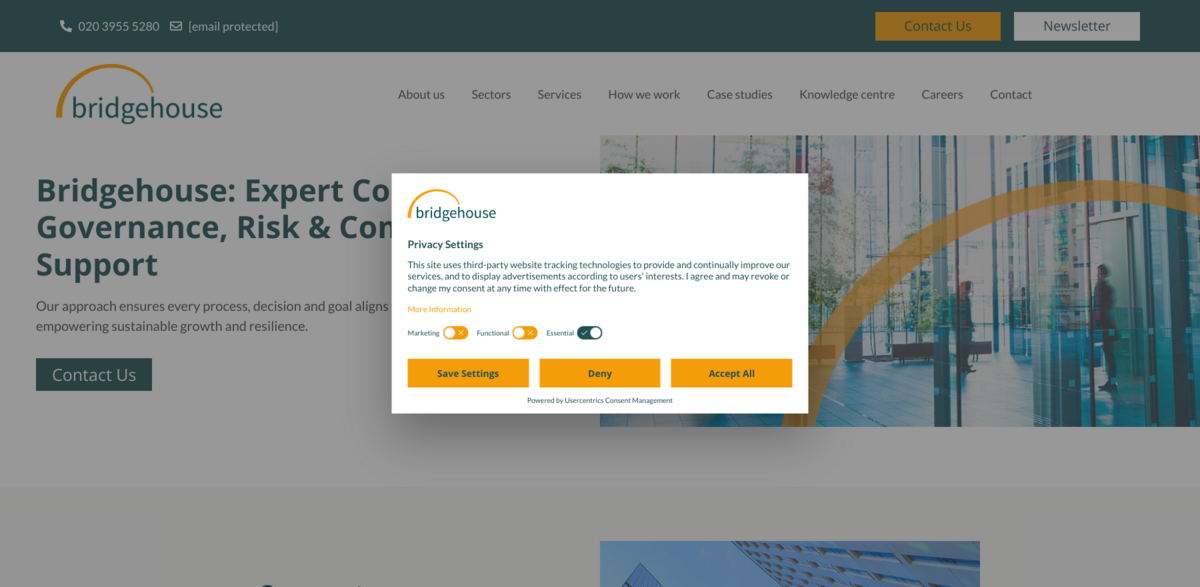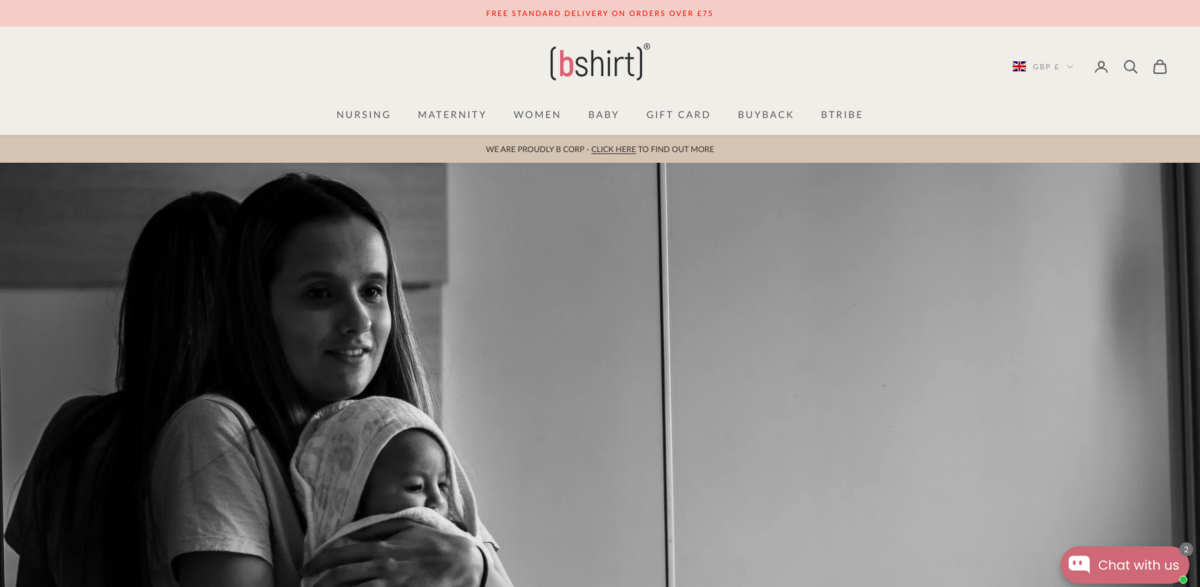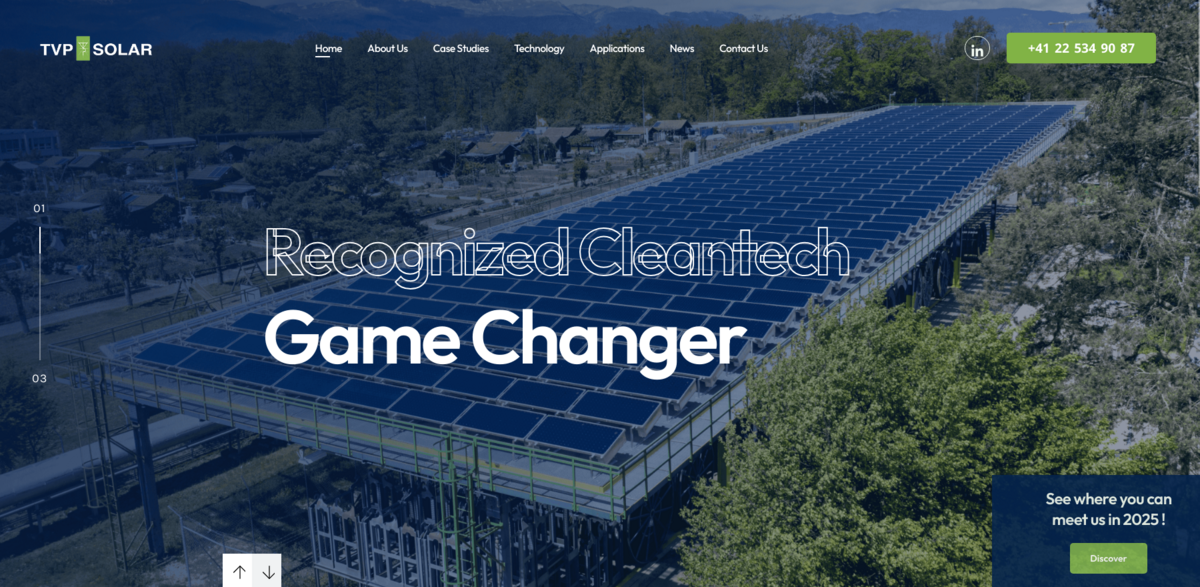What is the Life Breath Project?
Life Breath is a waste-to-energy company with a clear mission: to make a positive impact on the environment while supporting socio-economic growth in its territory. Although only two years old, Life Breath is driven by a strong desire to contribute to the planet’s well-being. The project aligns with Italy’s long-term strategy to cut local greenhouse gas emissions by 25% by 2025. At its core, Life Breath transforms industrial, agricultural, medical, and other production waste into electrical and thermal energy—without releasing any harmful emissions. It’s a versatile system, housed in a Hi cube 40 Ft container, but fully customizable to fit customer needs and installation sites. The magic? It processes organic materials and plastics, turning what would be landfill waste into valuable energy.
Main Benefits of Life Breath
Life Breath’s technology offers a range of impressive benefits that make it stand out:
- Working temperature of 1250° without combustion
- Zero dioxins emissions (TÜV certified)
- No harmful emissions released into the atmosphere
- Wide range of eligible feedstocks, including biomass and waste plastics
- Cost reduction in kWe energy production
- 24/7 operational availability for long-term use
- Modular design for easy customization
- Remote assistance via PLC supervisor
- Designed and made in Italy, ensuring quality and innovation
Innovative Shredders Tailored for Every Need
Life Breath doesn’t just stop at energy production. It offers four unique shredders designed to optimize waste management across different environments. Sharky is a small appliance perfect for balconies, terraces, or courtyards—spaces often overwhelmed by plastic waste. Then there’s Sharky-K, a built-in unit that fits seamlessly into a standard 40cm wide kitchen module, disappearing completely from view. For businesses and large-scale distribution, the Shark model handles aluminum, paper, and plastic shredding, optimizing space and waste volume. Finally, Tarrabah is designed for trade fairs, congresses, and large events, separating PET and HDPE plastics to boost recycling efficiency. Plus, its eye-catching design makes it a great promotional tool for companies. All these shredders reduce waste volume, making collection easier and cutting down CO2 emissions by lowering collection frequency. Bonus: less road traffic, fewer fossil fuels burned, and a cleaner environment overall.
The Breath Technology: How It Works
At the heart of the project is the Breath system, which uses the principle of sublimation to convert biomass, waste plastics, and other organic materials into syngas (synthesis gas). This syngas then powers an endothermic engine connected to an alternator, producing electricity. The post-combustion gases from the engine are partly recycled back into the reactor and partly sent to CO2 catalysts for sequestration. Meanwhile, condensation liquids from combustion are collected and sent to electrolysers that capture hydrogen. The captured CO2 and hydrogen then enter a methanation reactor where the Sabatier reaction takes place (CO2 + 4H2 = CH4 + 2H2O), producing synthetic gas and water as outputs. It’s a smart, closed-loop system that maximizes resource use and minimizes waste.
Technical Specifications of Breath
Here’s a quick snapshot of what Breath delivers:
- 125 kWe electrical energy output
- 237 kWth thermal energy output
- 8-15 Smc/h synthetic gas production
- 4074.72 mol/h hydrogen generation
- 70-90 Smc/h nitrogen output
- 117.45 kg/h steam production
- 24.5-87.5 liters per minute water output
- Zero dioxins emissions, certified by TÜV
Environmental and Social Impact of Life Breath
- SDG 7: Affordable and Clean Energy – by producing clean electrical and thermal energy from waste
- SDG 9: Industry, Innovation, and Infrastructure – through innovative waste-to-energy technology
- SDG 11: Sustainable Cities and Communities – by reducing landfill waste and optimizing collection processes
- SDG 12: Responsible Consumption and Production – by transforming waste into valuable resources
- SDG 13: Climate Action – by cutting greenhouse gas emissions and sequestering CO2
- SDG 15: Life on Land – by preventing waste accumulation and protecting ecosystems
Remote Monitoring and Operational Control
Life Breath ensures smooth, continuous operation with an operational control room that runs 24/7. Each plant is connected through a VPN with encrypted data transmission, allowing remote monitoring and assistance. This setup guarantees high reliability and quick response times, keeping the system running efficiently without interruptions. It’s a perfect blend of cutting-edge technology and environmental responsibility, all managed seamlessly from afar.





















